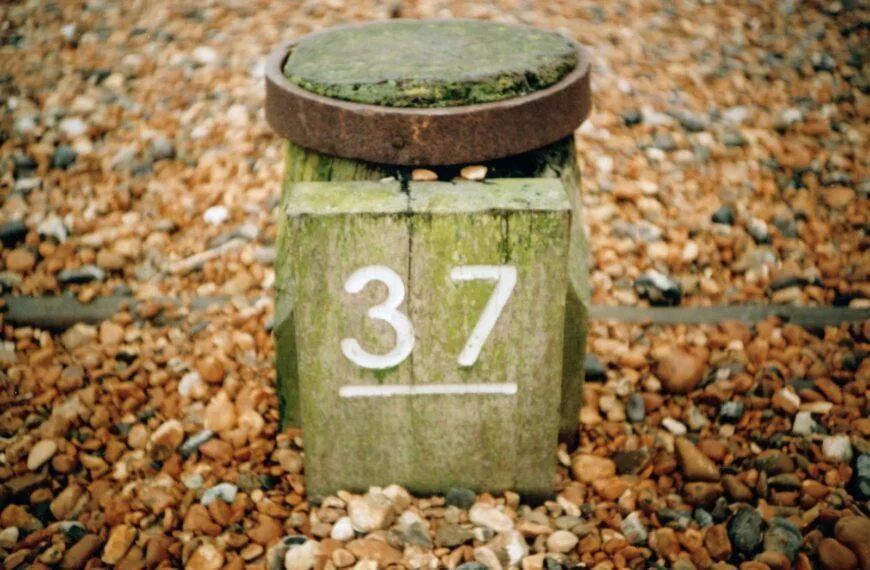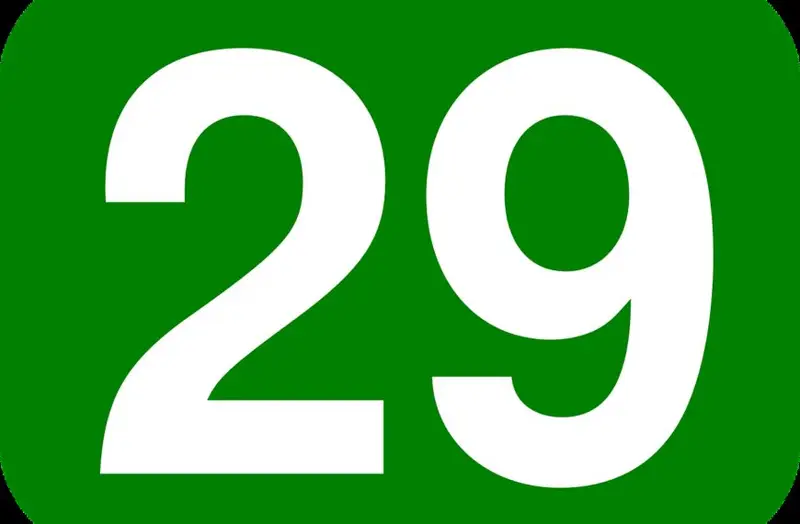Most of my days are routine, filled with familiar events and scenarios. Often, the days pass with little deviation from the norm, repeating patterns I’ve experienced countless times. Yet, occasionally, something extraordinary happens, making me pause in wonder. This is especially true when considering ‘What Is the Meaning of the Rainbow in the Bible’ and its impact.
A perfect instance of such an extraordinary event is the sight of a rainbow in the sky, which often brings to mind ‘What Is the Meaning of the Rainbow in the Bible’. Rarely have I seen a rainbow without someone excitedly pointing out, “Look, a rainbow!” The more vibrant and colorful it is, the more joy and admiration it stirs in people, myself included. It’s a moment that transcends the mundane, offering a glimpse of something truly splendid.
Table of Contents
The World’s View of the Rainbow
A rainbow’s beauty is undeniable, yet it has a straightforward, natural explanation. Science reveals that rainbows form when raindrops serve as “tiny prisms.”
Sunlight, which is white, enters a water droplet, reflects off its inner surface, and emerges on the other side, creating a colorful arc or bow in the sky. This occurs because the light is refracted or split into a spectrum of colors.
Although rainbows contain about a million colors, the human eye typically distinguishes only seven hues: red, orange, yellow, green, blue, indigo, and violet.
A rainbow, essentially, is an “optical illusion,” visible only when the observer stands at the correct angle relative to the light source.
Despite its scientific basis, the rainbow’s enchanting appearance has inspired numerous myths worldwide. The Norse, for instance, viewed it as a Bifrost “bridge” for gods to travel from Earth to Asgard.
Ancient Japanese cultures saw rainbows as a means for ancestors to return to Earth, while the Navajo considered them paths for holy spirits. The Irish, humorously, speak of a leprechaun-guarded pot of gold at a rainbow’s end.
Considering that the devil is known as the “father of lies” (John 8:44), these various myths about rainbows divert us from understanding their true symbolic meaning.
Interestingly, in 1978, an artist adopted the rainbow for an LGBT community flag, representing a lifestyle considered by some as sinful, unnatural, and harmful. For more details on this perspective, you can refer to this article.
The True Meaning of the Rainbow in the Bible

To grasp the true meaning of the rainbow, one must look past children’s illustrations and fantastical films to the Bible, our most reliable and inspired source of truth. This brings us to explore What Is the Meaning of the Rainbow in the Bible.
The narrative of the rainbow begins in the Bible with the worldwide flood story in Genesis 6-9. Humanity’s pervasive evil and corruption (Genesis 6:5-12) prompted God to bring forth a 40-day deluge, engulfing the earth and sparing only Noah, his family, and a selection of animals housed in an ark.
After months of notable happenings, God’s judgment ceased, and the rain abated (Genesis 8:2), leading to the emergence of a rainbow in the sky.
This event raises questions: Was this the rainbow’s first appearance in human history, as implied by Genesis 2:5’s suggestion of no prior rain? Or, as Ken Ham theorizes, was it an existing phenomenon repurposed by God? Regardless of its origins, the Bible explicitly defines the symbolism of the rainbow.
God’S Promises Symbolized By The Rainbow
Once the floodwaters had subsided and Noah emerged onto dry land, he built an altar and offered a sacrifice to God. In return, God made a significant promise to Noah and his descendants:
“Behold, I establish my covenant with you and your descendants after you, and with every living creature that accompanies you, including the birds, livestock, and all the earth’s beasts, as many as exited the ark. This covenant is for every creature of the earth. I promise that never again will all life be eliminated by floodwaters, and never again will a flood ravage the earth… This is the symbol of the covenant I am making between me and you, and every living creature with you, for all generations to come: I have set my rainbow in the cloud, and it will be a sign of the covenant between me and the earth. Whenever I bring clouds over the earth and the rainbow appears in the clouds, I will remember my covenant between me and you and every living creature. And the waters will never again become a flood to destroy all life. When the rainbow is seen in the clouds, I will see it and recall the eternal covenant between God and every living creature of all flesh on the earth” (Genesis 9:8-16, ESV).
Thus, according to this scripture, God imbued the rainbow with profound meaning, ensuring that its sighting would remind us of His vow never to annihilate the earth with a flood again.
In this account, we observe not only God’s mastery over natural elements but also the consistency of seasons, Earth’s rotations, and climatic variations (Genesis 8:22). This aligns with exploring ‘What Is the Meaning of the Rainbow in the Bible’ and its broader implications.
The global flood, as incredible as it sounds, indeed occurred. While it’s neither a myth nor an allegory, it offers enduring lessons for modern life. It’s fascinating that many myths depict the rainbow as a supernatural “bridge” – an interpretation contrasting with What Is the Meaning of the Rainbow in the Bible, where it symbolizes God’s grand plan of redemption, balancing His justice and holy judgment. The rainbow was a beacon of hope for Noah, signifying a new opportunity for humanity despite its inherent flaws.
Notably, Noah’s immediate worship upon disembarking highlights human fallibility, as seen in his subsequent drunkenness and the resulting curses on his descendants (Genesis 9). This duality underscores the complex relationship between human frailty and divine grace, exemplified in the biblical meaning of the rainbow.
Rainbows: Where Science Meets Faith
The sight of a vibrant rainbow arcing across the sky ignites both scientific curiosity and spiritual awe. While science explains the rainbow as a beautiful interplay of light, refraction, and water droplets, many cultures and religions see it as a powerful symbol imbued with deeper meaning. Exploring the coexistence of these seemingly disparate perspectives offers a richer understanding of this natural phenomenon.
Science provides a clear explanation for rainbows, demystifying them as optical illusions rather than magical manifestations. However, this doesn’t diminish their emotional impact or symbolic significance. In fact, understanding the scientific principles behind a rainbow can enhance our appreciation for its intricate beauty and perfect timing. It’s a testament to the elegant laws of physics that govern our universe.
Religion, on the other hand, interprets rainbows through the lens of faith and narrative. In the Bible, the rainbow after the flood serves as a covenant between God and humanity, symbolizing hope, forgiveness, and a fresh start. Similarly, various cultures weave their own symbolic threads into the rainbow’s tapestry, representing bridges between worlds, paths for spirits, or divine promises.
Instead of viewing these perspectives as conflicting, we can embrace them as complementary ways of understanding the world. Science empowers us with knowledge about the “how” of rainbows, while religion delves into the “why” and “what if,” enriching our experience with meaning and wonder.
Ultimately, the coexistence of scientific and religious interpretations allows us to appreciate rainbows on multiple levels. We can marvel at their scientific marvel while cherishing their symbolic significance, finding both intellectual and spiritual fulfillment in their presence. In a world often divided by rigid viewpoints, the rainbow serves as a powerful reminder that diverse perspectives can coexist and enrich our understanding of the world around us.
A Beacon of Hope in Turbulent Times
The story of Noah’s ark and the subsequent rainbow holds profound significance beyond its historical context. In today’s world, fraught with personal and global challenges, the message of hope and new beginnings embedded in the rainbow serves as a powerful beacon of resilience and faith.
Facing Personal Struggles
Life throws inevitable curveballs, bringing periods of loss, disappointment, and hardship. In these moments, the image of the rainbow reminds us that even after storms and floods, there is always the possibility of renewal and brighter skies. Just as the rainbow emerged after the devastating Deluge, symbolizing God’s enduring covenant with humanity, we can find solace in the knowledge that even amidst our personal storms, hope persists. It encourages us to weather challenging times with courage and faith, knowing that brighter days lie ahead.
Navigating Global Issues
Our world grapples with complex issues like climate change, social injustices, and political unrest. These challenges can evoke feelings of helplessness and despair. However, the rainbow’s symbolism transcends individual experiences, offering a message of collective hope and the potential for positive change. As diverse cultures continue to see the rainbow as a symbol of unity and harmony, it serves as a reminder that through collaboration and shared purpose, we can overcome seemingly daunting obstacles and build a brighter future for all.
Exploring the Deeper Meaning of What Is the Meaning of the Rainbow in the Bible
The rainbow’s significance extends beyond a mere symbol of hope. It embodies the essence of God’s faithfulness and unwavering commitment to His promises. By reflecting on the covenant established after the flood, we find reassurance in the knowledge that regardless of the trials we face, God’s promises of love, mercy, and redemption remain constant.
The Rainbow Reminds Us of the Gospel
This narrative is indeed uplifting for us, as it eloquently leads us to the moment when God sent Jesus, His Son, to sacrifice on the cross and resurrect, offering us a remarkable chance to evade judgment through unity with Christ (Colossians 3:3; 1 Peter 3:20-22; 2 Peter 2:9).
Embracing the gospel allows us to embrace God’s mercy through devoted submission and find salvation. As Paul articulates:
…by openly declaring Jesus as Lord and believing that God raised him from the dead, salvation becomes ours. Belief in the heart leads to righteousness, and confession with the mouth brings salvation (Romans 10:9-10, ESV).
Frequently Asked Questions:
1. What Is the Meaning of the Rainbow in the Bible?
In the Bible, the rainbow holds significant meaning as a symbol of hope, forgiveness, and a fresh start. Following the devastating flood in Genesis, the rainbow appeared as a covenant between God and humanity, signifying His promise never to destroy the Earth with a flood again. It represents God’s faithfulness, mercy, and the restoration of peace after a period of judgment.
2. Do different cultures interpret the rainbow differently?
Absolutely! Throughout history and across various cultures, the rainbow has sparked diverse interpretations. Norse mythology saw it as a bridge between realms, while Japanese cultures viewed it as a path for ancestors to return to Earth. The Navajo considered it a path for holy spirits, while Irish folklore famously associates it with a pot of gold guarded by leprechauns. These diverse interpretations highlight the enduring fascination and rich symbolism attributed to rainbows across cultures.
3. How is the scientific explanation of rainbows compatible with their religious symbolism?
Science explains rainbows as beautiful optical illusions caused by light refracting through water droplets. However, understanding this doesn’t diminish their emotional impact or symbolic significance. In fact, appreciating the scientific principles behind a rainbow can enhance our appreciation for its intricate beauty and perfect timing. Science empowers us with knowledge about the “how” of rainbows, while religion delves into the “why” and “what if,” enriching our experience with meaning and wonder.
4. How can the message of the rainbow be relevant in our modern world?
The message of hope and new beginnings associated with the rainbow remains highly relevant in today’s world. Facing personal struggles or encountering global challenges, the rainbow reminds us that even after storms and hardships, there is always the possibility of renewal and brighter days. Its symbolism of unity and harmony inspires collective action towards addressing complex issues and building a better future for all. The enduring message of the rainbow transcends its biblical origins, offering a beacon of hope and resilience in our contemporary world.

Rockin’ the faith, one verse at a time!
Growing up, the Bible’s stories deeply impacted me. Now, with over 15 years of preaching experience, I blend timeless teachings with modern technology, making them relevant for today’s world.
Bible Hub Verse is my platform to share historical insights and thought-provoking articles, exploring both familiar and uncommon Christian topics. My passion is building a welcoming online space for everyone to learn, grow in their faith, and discover the Bible’s enduring message.
Join the journey!
God bless you.






